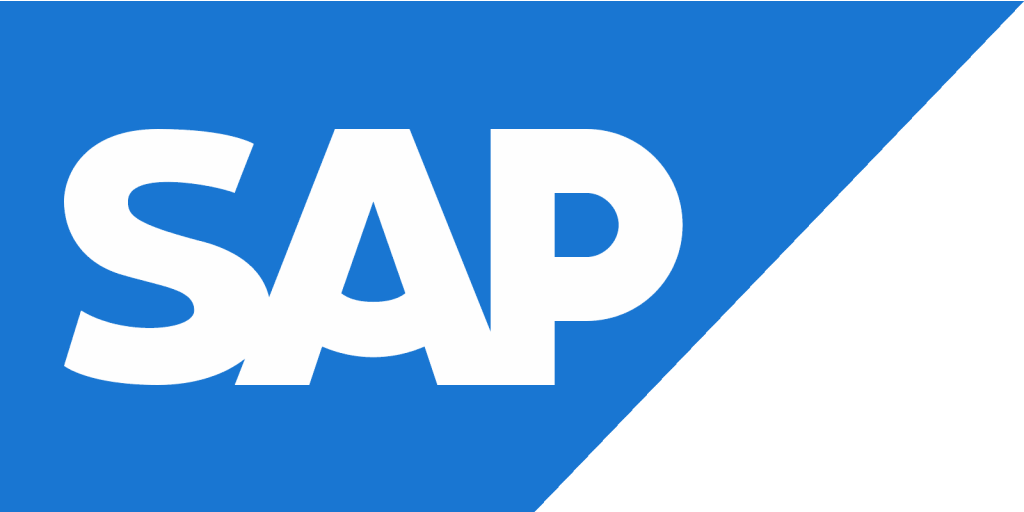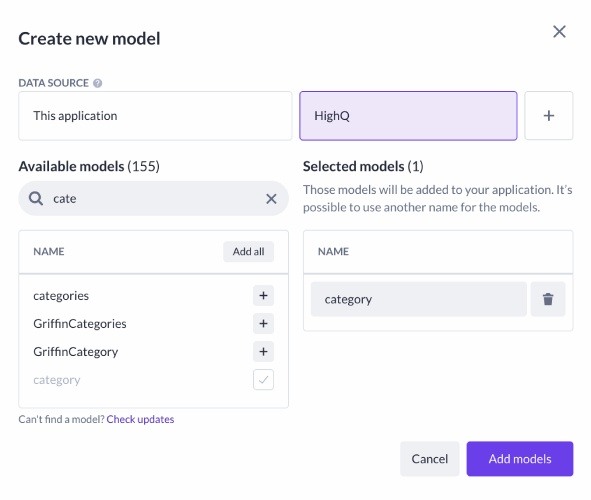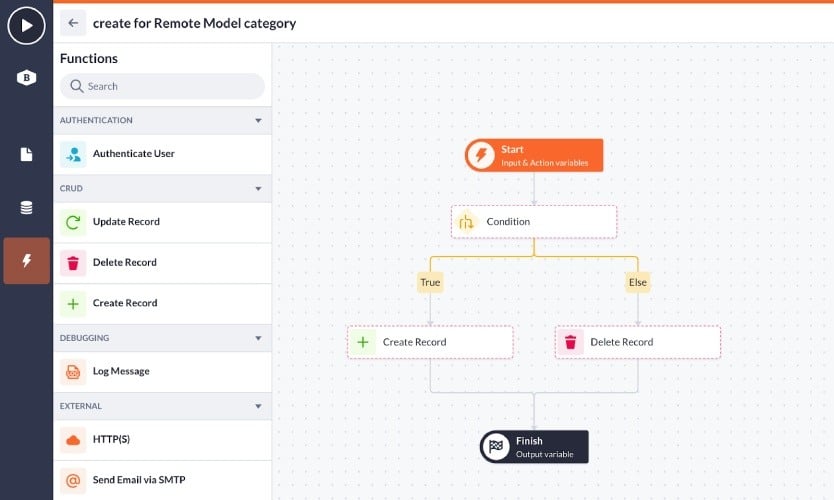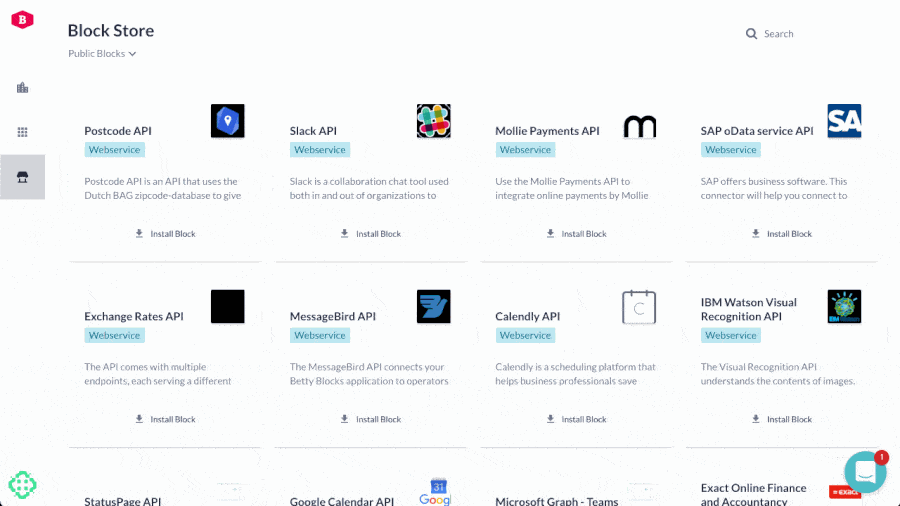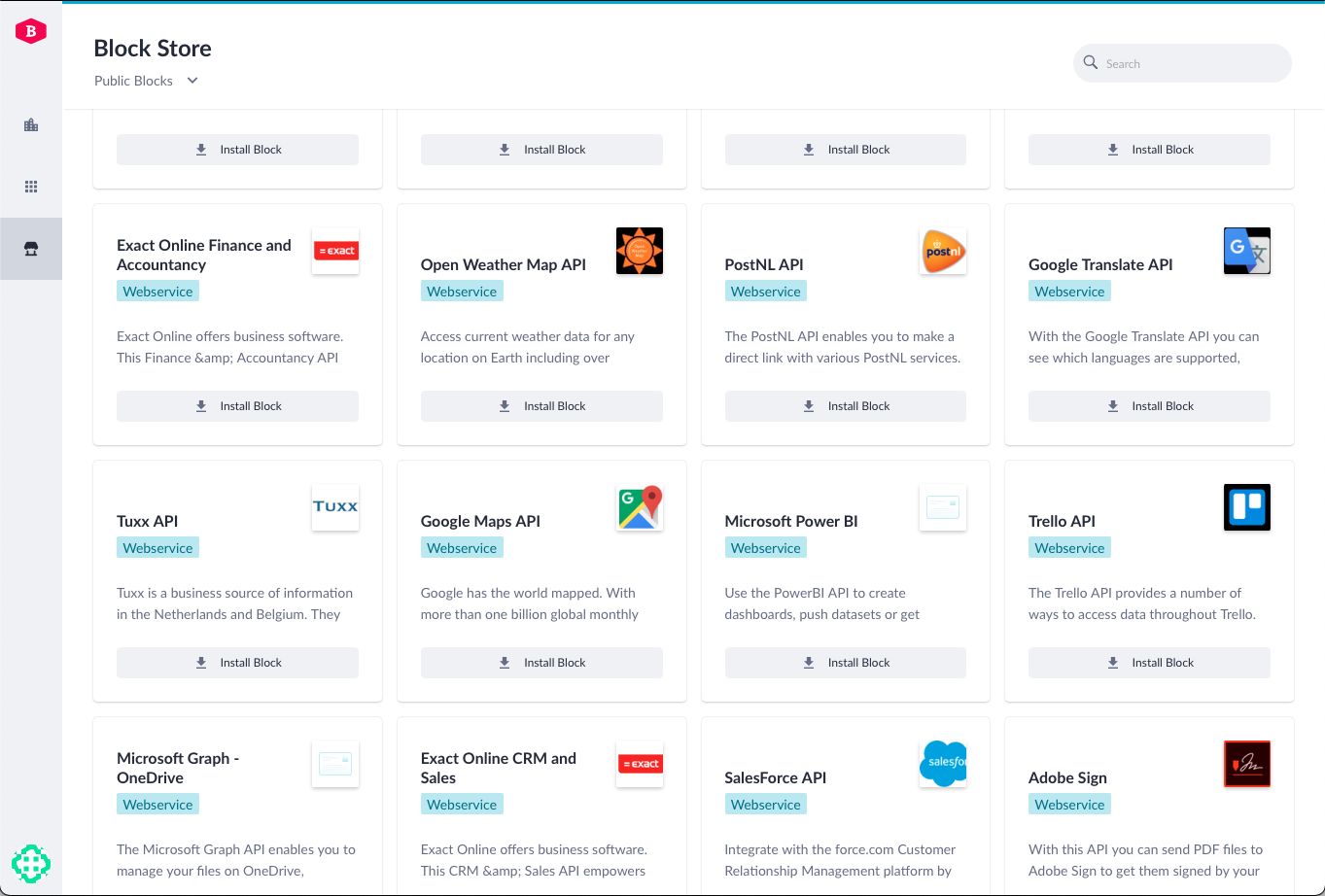The Betty Blocks platform offers a myriad of solid governance tools, which can also be applied to how an API behaves. By adding governance tools in the form of custom permissions, roles, and viewing rights, admins have complete control over data and application security. This is especially useful for developers who wish to integrate third-party APIs but wish to add governance settings in line with company security policy to the application. For more information about governance tools available on the Betty Blocks platform, check out our dedicated governance page.




























